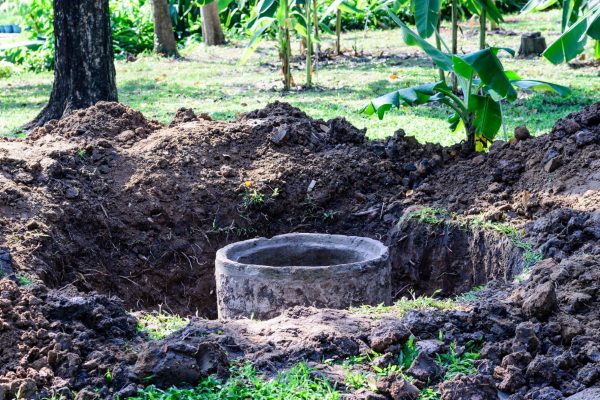
For many homeowners in California, especially those in rural areas, septic systems are an essential part of their property’s infrastructure. Understanding the lifespan of these systems is crucial for proper maintenance and timely septic system replacement. In this article, we’ll explore the factors that influence the longevity of septic tanks in California and provide insights on when you might need to consider a septic system replacement in San Diego and other parts of the state.
The Average Lifespan of Septic Tanks in California
Septic tanks in California typically last between 20 to 40 years, depending on various factors. However, with proper care and maintenance, some septic systems can last even longer. It’s important to note that the septic tank is just one component of the entire septic system, and other parts may need attention or replacement sooner.
Factors Affecting Septic Tank Longevity
Several factors can influence how long your septic tank system will last:
- Material of the tank
- Soil conditions
- Water usage
- Maintenance practices
- Environmental factors
Signs You May Need Septic System Replacement San Diego
Recognizing the signs of a failing septic system is crucial for homeowners. Here are some indicators that you might need to consider replacing your septic system:
- Slow draining sinks and toilets
- Gurgling sounds in the plumbing
- Sewage odors around the property
- Wet or soggy areas in the yard, especially near the drain field
- Backing up of sewage into the home
If you notice any of these signs, it’s essential to contact a professional San Diego septic system service provider for an inspection and potential septic system tank replacement.
The Importance of Regular Maintenance
Regular maintenance is key to extending the life of your septic system. Here are some tips to keep your system functioning properly:
- Schedule regular inspections (every 3-5 years)
- Pump your tank as needed (typically every 3-5 years)
- Be mindful of water usage
- Avoid flushing non-biodegradable items
- Keep trees and shrubs away from the drain field
By following these maintenance practices, you can potentially delay the need for a septic system replacement and ensure your system operates efficiently for years to come.
The Process of Replacing Septic System Components
When the time comes for replacing septic system, it’s important to understand the process. Here’s a general overview of what to expect:
- Site evaluation and permitting
- Design of the new system
- Removal of the old tank and components
- Installation of the new septic tank and drain field
- Final inspection and approval
Working with a reputable San Diego septic system service provider can ensure that your septic system replacement is done correctly and in compliance with local regulations.
Costs Associated with Septic Tank System Replacement
The cost of replacing a septic system can vary widely depending on factors such as:
- Size of the system
- Type of system (conventional vs. alternative)
- Site conditions
- Local regulations and permitting requirements
On average, homeowners in California can expect to pay between $5,000 and $50,000 for a complete septic system replacement. It’s important to get multiple quotes from licensed professionals to ensure you’re getting a fair price for your specific situation.
Choosing the Right Septic System for Your California Home
When it’s time for a septic system replacement, you have several options to choose from. The best system for your home will depend on factors such as:
- Soil conditions
- Property size
- Local regulations
- Budget
- Environmental considerations
Some common types of septic systems used in California include:
- Conventional gravity systems
- Pressure distribution systems
- Mound systems
- Aerobic treatment units
Consulting with a professional San Diego septic system service provider can help you determine the best option for your property.
The Environmental Impact of Septic Systems in California
Properly functioning septic systems play a crucial role in protecting California’s environment. They help filter and treat wastewater before it returns to the groundwater supply. However, failing septic systems can pose significant environmental and health risks.
By maintaining your septic system and replacing it when necessary, you’re not only protecting your property but also contributing to the overall environmental health of your community.
Conclusion: Proactive Septic System Management
While septic tanks in California can last several decades, it’s essential to be proactive in their management. Regular maintenance, timely repairs, and eventual replacement when necessary are all part of responsible septic system ownership.
If you’re a homeowner in San Diego or elsewhere in California, stay vigilant for signs of septic system issues and don’t hesitate to seek professional help when needed. By taking good care of your septic system, you can ensure it continues to serve your home efficiently for years to come.
Remember, when it comes to septic system replacement, San Diego homeowners have access to experienced professionals who can guide them through the process and ensure their new system meets all local requirements and environmental standards.
